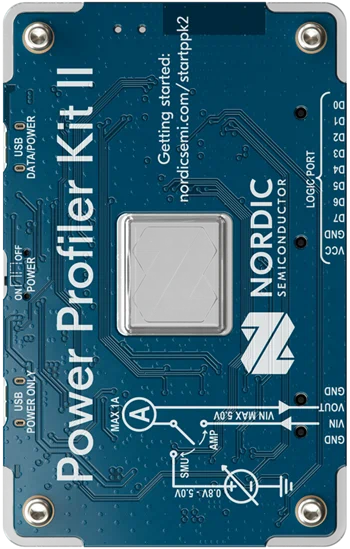Low power, low cost graphical displays are super useful for many embedded systems. My applications generally use them to provide status and a basic UI; high speed is not required. I am particularly fond of displays that can use the ubiquitous I2C communications bus since that doesn’t consume extra uC pins. I2C also makes it easy to retrofit peripherals into existing designs; I always bring the I2C bus + power and an interrupt line out to an expansion port.
I’ve used small (1.3″) OLED displays with I2C interface in several designs and they work great, but the screen is fairly small (albeit high contrast), OLEDs consume a lot of power, and you can’t leave ’em on all the time without burning them out (OLEDs have a limited number of on-time hours). So I decided to try an I2C LCD display.
The GM12864-59N by TZT is a 128 x 64 pixel LCD display with LED backlight. It comes in blue, gray, and black. It is available for $3.30 in qty 1 on AliExpress (if you’re only buying a few, this vendor has lower shipping cost). It combines the popular Sitronix ST7567S LCD controller (datasheet) with a 128×64 LCD display with 10+2 flexible connector. It comes with a pre-installed 1×4 0.100″ connector (3v3, GND, SCL, SDA) on a PCB with 4 corner mounting holes.
It’s almost perfect; the display works great and the ST7567S is both well supported with libraries if you don’t want to roll your own (e.g. U8G2 and U8G8 or this one derived from here) and provides a great deal of flexibility. The only problem is that the LED backlight (side light) is hard-wired to power (you can’t turn it off) which is fine for AC-mains powered applications, but a real bummer for battery-powered devices (where LCD displays are normally so attractive).

I tried disconnecting the backlight (remove the 100R current limiting resistor R5), but the LCD contrast is then so poor that it is unusable. It’s actually much worse than the picture below suggests which benefited from the optimal camera angle and the more sensitive camera sensor; for mere humans, the display is completely unusable without the LED backlight.

So this display might make it into my next AC-powered design, but for battery powered devices, I need something that lets me control the backlight.

